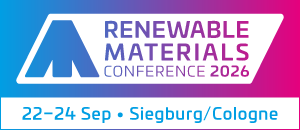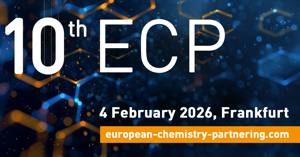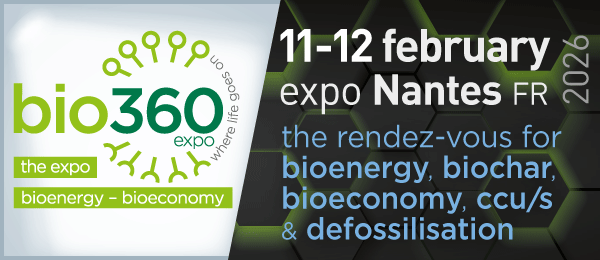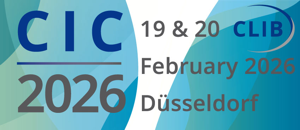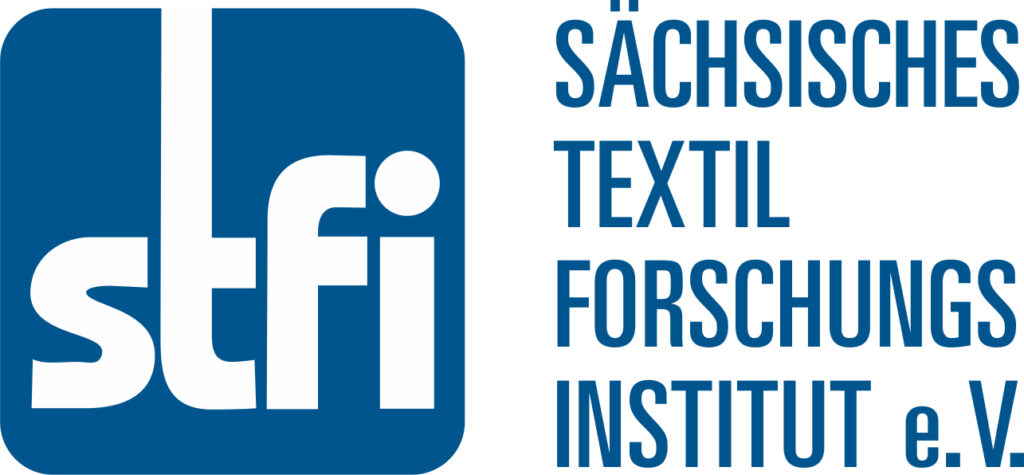
On March 11 and 12, 2025, the 17th TEXTILE FILTER symposium took place in Chemnitz, which brings together experts from science and industry every two years to discuss the latest developments in the field of textile filter media. This year’s event focused in particular on sustainability, bio-based materials and digital simulations for optimizing filtration processes. The symposium was accompanied by a trade exhibition and an excursion to the host, the Saxon Textile Research Institute (STFI).
Sustainable and bio-based filter media
The reduction of the CO2 footprint through resource-saving filtration materials was one of the core topics of the symposium. One presentation introduced an automated method for the life cycle assessment of filter materials, which enables a systematic evaluation of their environmental impact. The method allows a precise analysis of material selection and production processes in order to optimize the sustainable use of filter media. In addition, hydroentangled nonwovens were presented, which can represent an environmentally friendly alternative to conventional filter materials. The innovative materials presented combine high filtration efficiency with improved environmental compatibility. In addition, sustainable concepts for the reuse and recycling of filter media were considered in order to reduce waste and extend the service life of the materials.
Bio-based materials also played a central role. Meltblown nonwovens made from polylactic acid (PLA) and polyethylene furanoate (PEF) were offered as promising alternatives to conventional plastic filters. While PLA seems particularly interesting due to its biodegradability, PEF showed comparable filtration properties to PET and could replace fossil polymers in high-temperature applications in the long term. These developments underline the growing importance of bio-based materials in the filtration industry.
Digital simulation and filter optimization
Another key topic of the symposium was the use of digital twins to simulate filtration processes. Digital twins are symbolic virtual models of real filter processes that can be used to optimize material selection and process control. New software tools such as VISPI (Virtual Spinning) and FIDYST (Fiber Dynamics Simulation Tool) enable a detailed analysis of fibre deposition and material behavior, enabling more precise control of production processes. A particular highlight was a newly developed simulation model for predicting the aging behavior of electret filters. Electret filters use electrostatic charges to separate particles, whereby the efficiency can decrease over time due to environmental influences. Simulations allow these ageing processes to be predicted more accurately, so that manufacturers can optimize their filters specifically for a longer service life. A guideline for optimizing minipleat pleated filters was also presented. This is intended to provide small and medium-sized companies in particular with practical support in improving the pressure difference and energy efficiency.
With the help of the GeoDict® simulation software, ideal pleat geometries can be developed to minimize pressure loss and increase the service life of the filter elements. Another important topic of filter optimization was material compression and its influence on the pressure loss and dust holding capacity of filter media. The test results presented showed that targeted material compression can have a significant impact on filter efficiency. With the help of computer-aided flow simulations (CFD), various degrees of compression were analyzed in order to find the optimum balance between filter performance and pressure difference.
Another key point was the characterization of filter media using 3D image analysis and flow simulations. The DNSlab® software enables detailed analyses of pore structures, air permeability and separation efficiency. With the help of a new Python interface, simulation-based variation calculations can be carried out, which can supplement or even replace physical laboratory tests.
Regulations and new test procedures
In addition to technological innovations, current standards and regulations in the filtration industry were discussed. The forthcoming publication of VDI Guideline 3677 Part 2, which deals with fibre depth filters, was presented in detail. This new guideline provides a comprehensive classification and describes the manufacture and use of textile filter media in various applications. Particular emphasis is placed on the sustainability and technical performance of these filter types. Another focus was the introduction of new test methods for welding and laser fume collectors. In view of the increasing limit values for hazardous particles in the workplace, a new standard has been developed that requires a much stricter concentration of clean air. The new VDI 2262 stipulates that the workplace limit value must be undercut by a factor of 0.2 in order to increase occupational safety in metalworking companies. This new regulation represents a significant step forward in health protection.
New applications and filter technologies
A much-noticed lecture was dedicated to indoor air filtration and looked at the interactions between textile materials and air pollutants. Textile materials act as both a source and a sink for volatile organic compounds and can have a significant impact on indoor air quality. Research in this area is helping to develop new filter solutions for healthier indoor air. In the field of industrial dedusting, typical sources of error and optimisation potential were discussed. Mechanical stresses such as abrasion or thermal overloading of filters, which can lead to premature wear, are particularly problematic. Solutions such as optimised cleaning-in-place (CIP) processes and improved material selection can help to extend the service life of filter elements.
Another highlight was the presentation of new technologies for flue gas cleaning. The membrane filter systems presented achieved a particle separation rate of over 99.99 % in a biomass incineration plant, which emphasises the need for new assessment methods for emissions. The current mass-based limit values often do not capture ultrafine particles precisely enough, which is why new measurement methods are required. An innovation for medical technology was also presented at the initial investigation stage. New polyvinylidene fluoride hollow fibres for dialysis filters could extend the duration of dialysis and reduce the need for medication. Investigations into the material composition and pore structure of these hollow fibres showed promising results for more efficient filtration in medical technology and offer a need for further research.
Summary
The 17th Symposium TEXTILE FILTER impressively demonstrated how innovative materials and digital technologies are revolutionising filtration technology. Sustainability, biobased materials and process simulation play a central role in the development of efficient and environmentally friendly filter media. The numerous technical presentations provided valuable insights into the latest research results and industrial developments. In addition to the technical exchange, the social programme, which included an exhibition and an excursion, complemented the discussions in a practical way and contributed to the networking of the participants. The symposium will be held for the 18th time on 9 and 10 March 2027, when new highlights in the further development of the filter industry are expected.
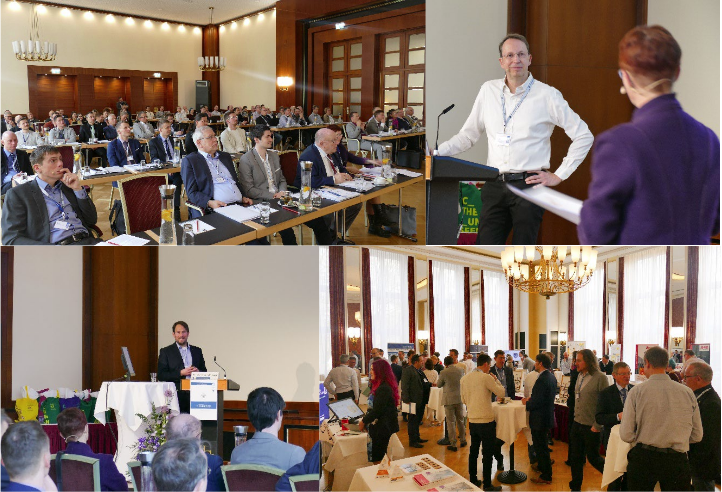
Author
Katharina Wagner
Source
Saxon Textile Research Institute e.V., press release, 2025-03-28.
Supplier
Sächsisches Textilforschungsinstitut e.V. - STFI
Share
Renewable Carbon News – Daily Newsletter
Subscribe to our daily email newsletter – the world's leading newsletter on renewable materials and chemicals









